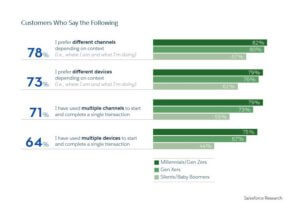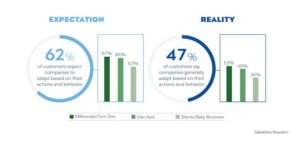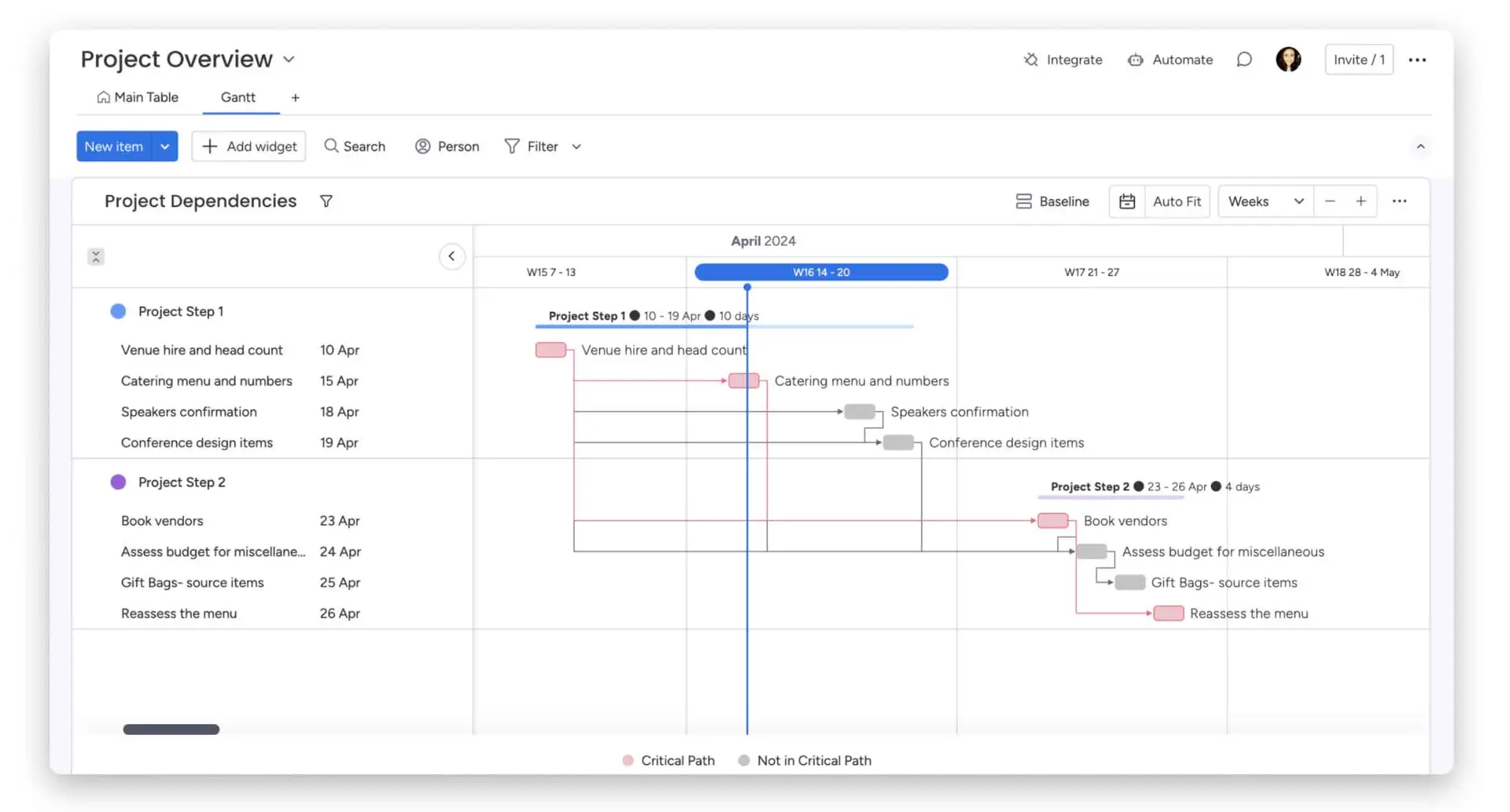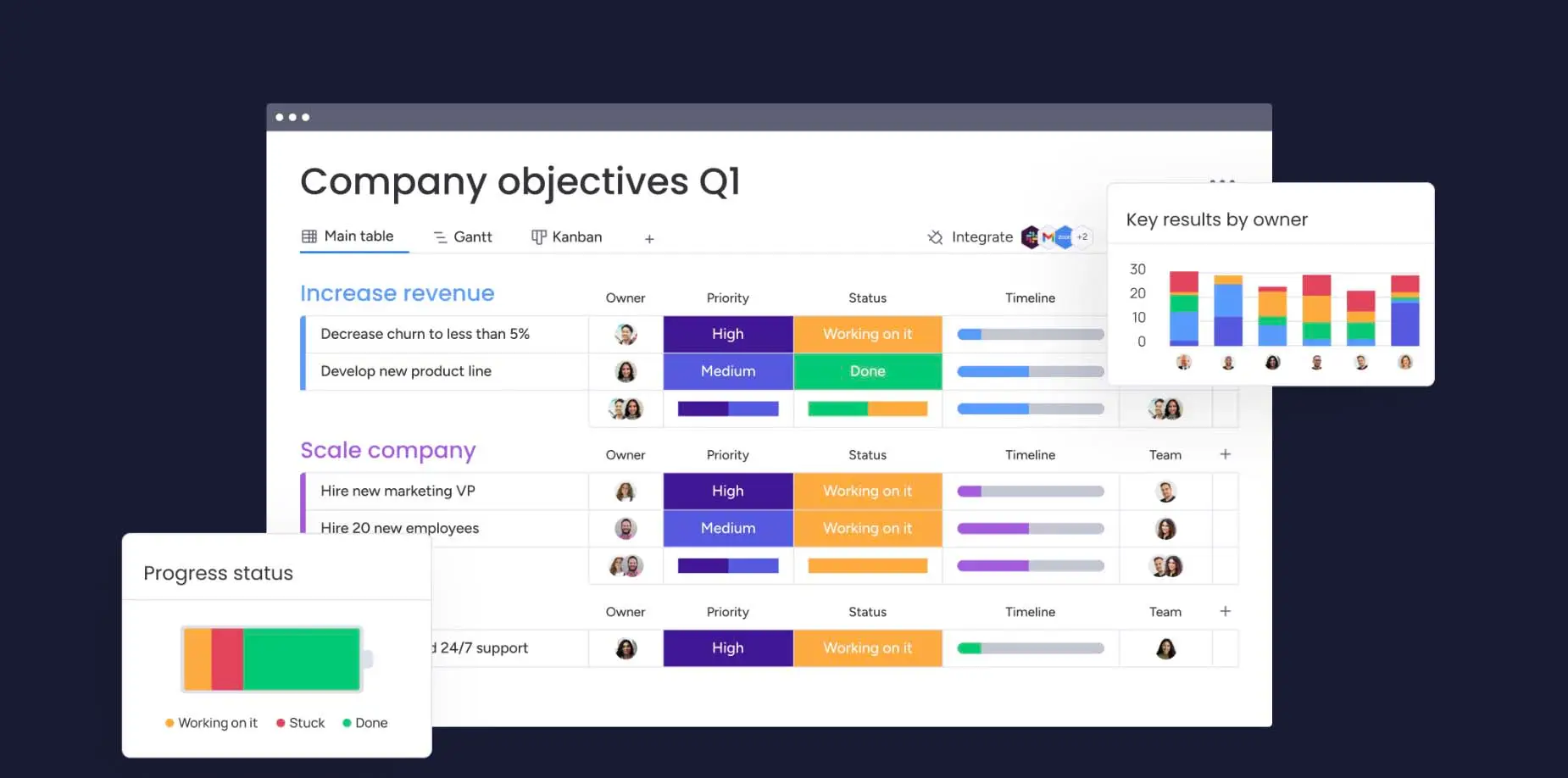Terms such as customer engagement, omnichannel engagement or meaningful brand engagement are commonplace as we discuss today’s empowered consumers and the journey they take as they traverse across channels. However, while we may hear the terms often, what they exactly mean is sometime difficult to define. Is it driving loyalty? Or providing great experiences? How do you measure it?
At its core, customer engagement describes each and every interaction a customer has with your brand. Engagement is the process of building loyalty and strengthening retention. For many businesses, this means it begins with the first interactions and includes every interaction after the point of purchase. Although other definitions refer to customer engagement as being once the customer has actually been acquired.
However you choose to define it, consumers want to be known across channels, expect to be rewarded for their loyalty, and are looking for seamless experiences.
Here are some great statistics, compiled by SMC Consulting, on the state of customer engagement today.
- The best ways to engage consumers are:
- Surprise offers or gifts for being a customer (61%)
- More convenient shopping process (50%)
- Solving a problem or question (45%)
- Recommending products based on needs (27%)
- Keeping customers up to date on the latest news and products (23%)
- Welcoming customers when they visit (20%)
- Engaging customers on social media (9%)
- 77% of consumers crave free products
- 75% of consumers expect discounts/offers
- 66% of consumers want free samples and 57% want free services
- 41% of consumers welcome opportunities to win something and 32% like surprises from brands
- The three most important aspects of customer service are a fast response, knowledgeable service agents, and a quick resolution to the issue
- 4 out of 5 people are more likely to engage with a brand that offers incentives
- 57% of consumers have stopped buying from a company because one of their competitors provided a better experience
A well-executed customer engagement strategy can directly impact the bottom line and have a hugely positive impact on brand loyalty. Brands expect to see the following:
- 23% premium in terms of share of wallet, revenue and relationship growth
- 71% recommendation and referral rate
- <10% – more likely to experience a churn rate of less than 10%
Why do Consumers Engage?
Consumers engage with brands for many reasons. They may be researching a product or service and reach out to a brand or engage on the brand’s website to help them make a purchase decision. Consumers engage when they actually make a purchase, whether online or in-store. After purchase, they also engage for numerous reasons such as questions about the product, returns, and so forth.
Zoovu’s research discovered three phases of engagement:
- Exploration – 64% of consumers engage with a company to learn about its products and services.
- Purchase – 74% of consumers engage with brands in order to purchase.
- Support – 51% of consumers seek to engage with companies for support after the purchase.
When consumers do engage with brands, they have specific expectations:
- Trust – 72% of online shoppers in the US, UK and Germany said that being able to trust their favorite retailer or brand is their highest-ranking concern.
- Assistance and Support – 86% of consumers said it was important for brands to provide expert advice and personalized recommendations about their products and services.
- Frictionless Experiences – 56% of US shoppers have abandoned a purchase because it was too difficult to find or decide on a product.
Rules of Engagement – Know Your Customers to Personalize Experiences
Consumers expect companies to know their needs and wants in order to provide highly personalized experiences. This requires data, and lots of it. Marketers today are certainly not challenged by shortages of data, but the sheer volume of data can be daunting.
Brands must be diligent in collecting and utilizing their first party CRM data. This is often considered the most valuable type of data by marketers and includes information such as contact info, demographics and transactional history. For a complete, 360-degree customer view, first party data should be supplemented by third-party data assets such as demographics, lifestyle information, behavioral insights, life event triggers and purchase intent data. With a complete customer view, interactions become much more meaningful and impactful.
Just as quickly as consumers act and engage with a brand, they expect brands to keep up and adapt. 62% of customers now expect companies to adapt based on their actions and behaviors but only 47% of customers say companies are doing so. SMC Consulting For example, a company may move you over to an onboarding campaign once you’ve become a customer or simply be informed enough to stop showing you ads for an item you’ve already purchased.
Engage Consistently Across Channels and Departments
Nearly 80% of customers expect consistency when interacting across multiple departments. For example, if a customer has put something in their cart and later made a purchase, they expect this to be known and not be bothered with cart abandonment notifications online at the same time they are receiving email communications thanking them for their purchase. The same is true across devices and channels. The same information should be available no matter how and where a customer interacts and engages with a brand.
However, this can be challenging with so many devices and channels now available today. 71% of consumers have used multiple channels to start and complete a transaction and 64% have used multiple devices to start and complete a single transaction.

Forty-three percent of marketers now track lifetime customer value — the ultimate measure of whether or not they’re effectively engaging customers and providing the experiences they expect.” Continuing to invest in customers to know them and provide them with relevant and personalized experiences and communications will go a long way in significantly boosting the bottom line.
How Freshworks can help
If you are seeking to automate your Online marketing communication via the social media channels , you need a reliable partner who has the right experience and the credentials to help you go the distance. Freshmarketer is a marketing automation software from Freshworks, that helps you optimise communications and sales via various channels.
Why Choose Freshmarketer
- Better leads, and more sales with conversion optimization.
- Create responsive, beautiful, and effective emails.
- Advanced targeting for website and emails.
- Powerful automation with customer journeys.
- Tighter integration between marketing and sales.
Do you wish to know more?
[dt_default_button link=”url:%23popmake-2995|||rel:nofollow” size=”big” button_alignment=”btn_center” css=”.vc_custom_1591614144243{margin-top: 20px !important;}”]BOOK YOUR FREE CONSULTATION[/dt_default_button]



